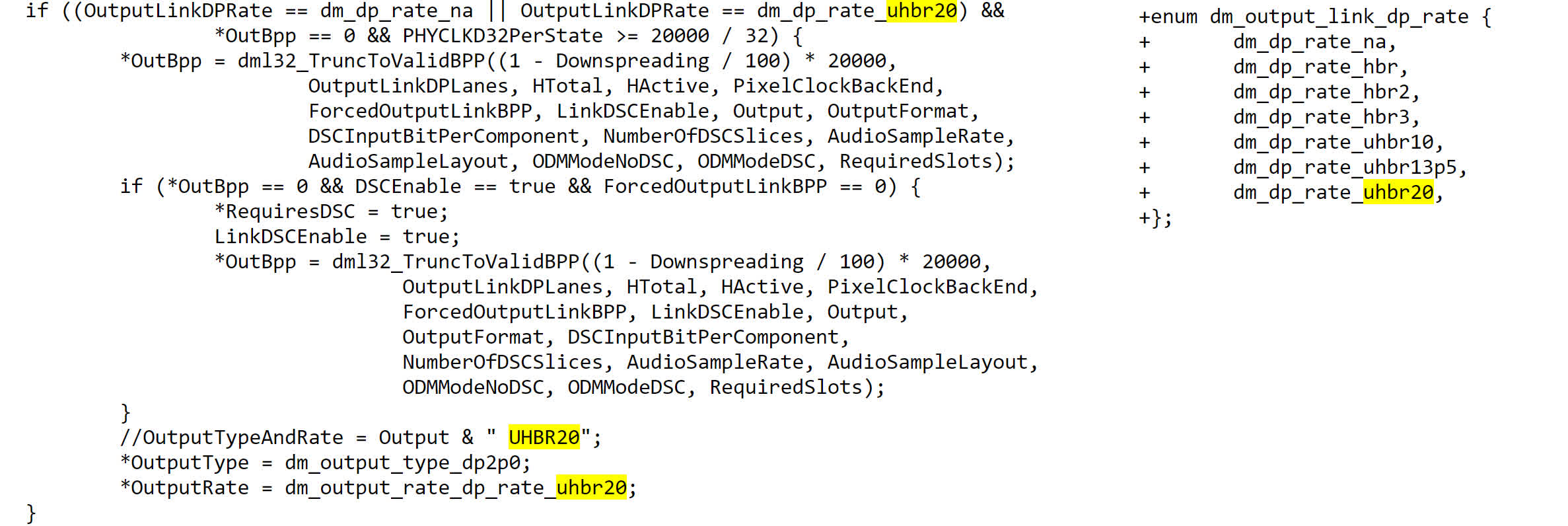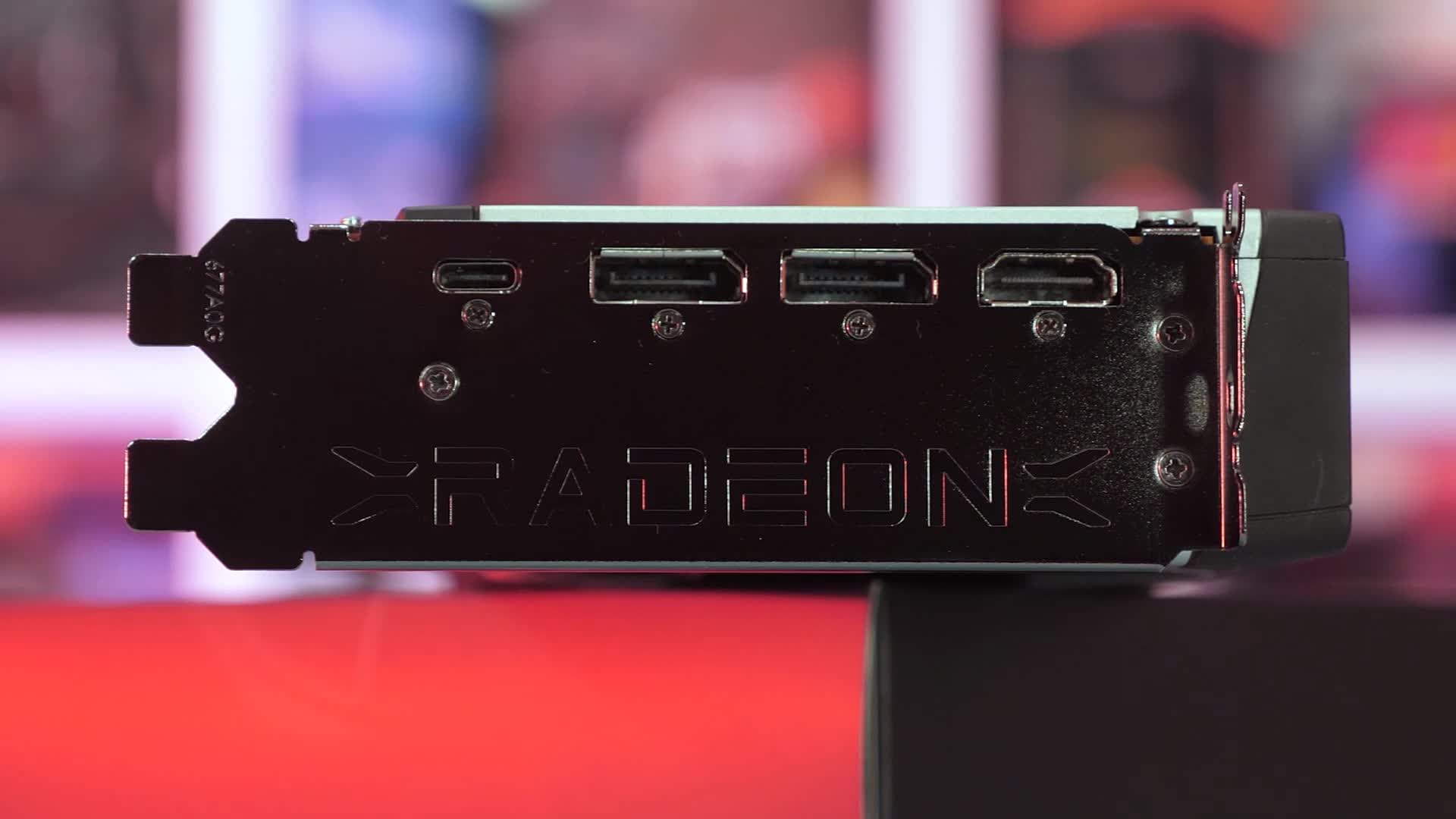What just happened? A recent AMD display engine drivers patch added support for Displayport 2.0's Ultra High Bit Rate (UHBR) transmission modes. The feature will allow a maximum bandwidth of 80 Gbit/s, which, coupled with DSC, should be enough for most displays launched in the next few years.
Even though we are still a few months away from the launch of AMD's next-gen GPUs, the company is hard at work developing the software that will make those cards work properly.
A recent patch confirms that GPUs based on the RDNA3 architecture will support DisplayPort 2.0 and might be capable of the highest UHBR20 transmission mode. If used with a capable cable and monitor, that would allow for a maximum bandwidth of 80 Gbit/s.
Looks like RDNA3 supports the full DisplayPort 2.0 spec (UHBR20) '
--- Kepler (@Kepler_L2) May 26, 2022
In March, the Video Electronics Standards Association (VESA) started its DP 2.0 certification program. There are already a couple of cables that are UHBR20 certified, although they're limited to 0.8m. As DP 2.0 leverages the Thunderbolt 3 physical interface layer, passive cables share the same length limitations when using the highest transfer speeds. This problem can be solved with more expensive active cabling.

If AMD's upcoming GPUs support UHBR20, they should be able to output HDR video with a resolution of 4K at 240 Hz or 8K at 60Hz without even using DSC. With DSC, which VESA claims is visually lossless and can compress a data stream by a 3:1 ratio, you could drive an 8K 144Hz HDR screen through a single cable.
Of course, there's also the issue of not having any DP 2.0-capable monitors. These got delayed several times, but they're hopefully going to launch soon, considering we almost have host devices supporting the standard on the market.
